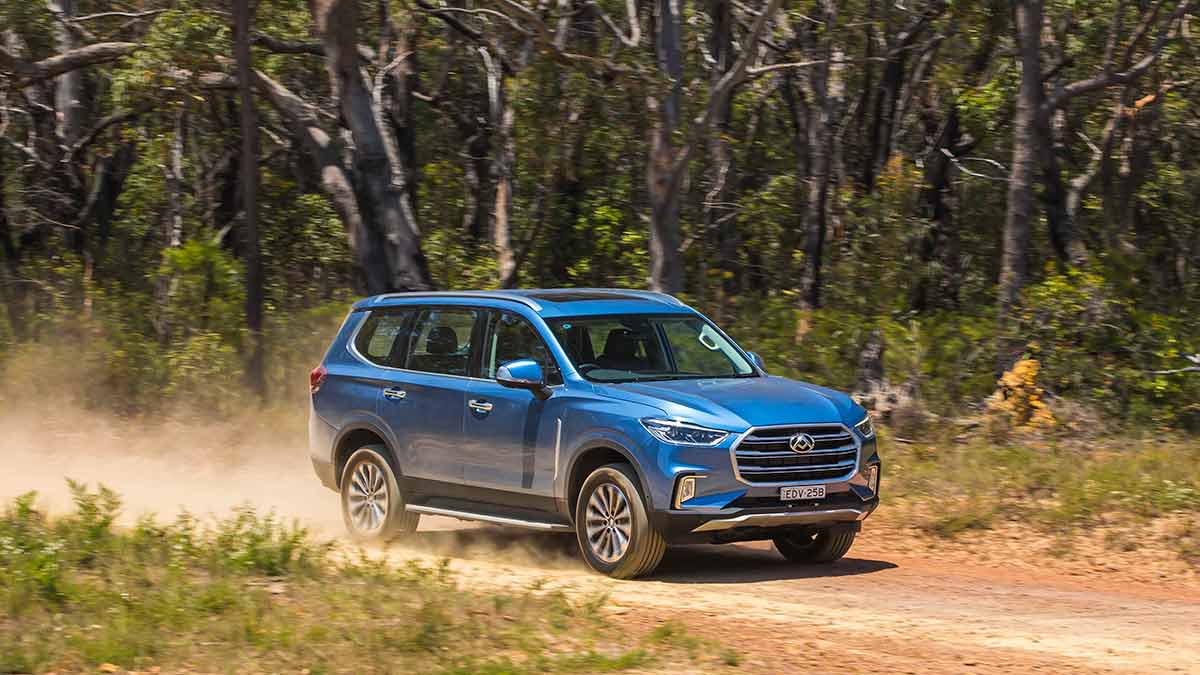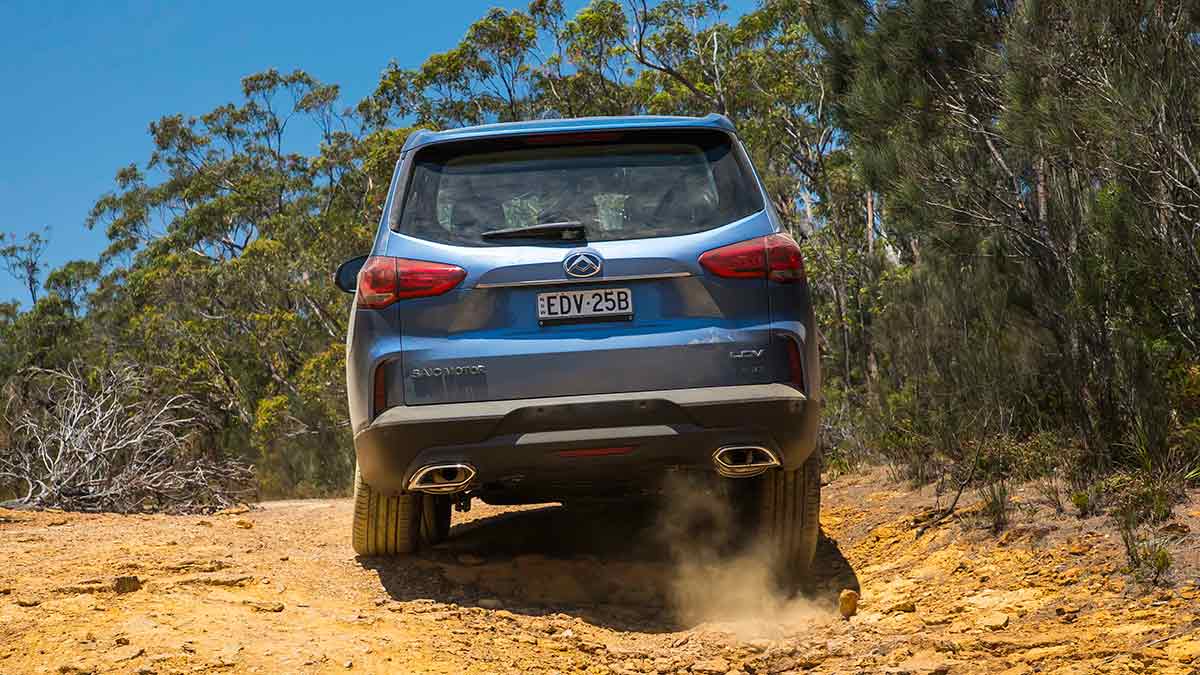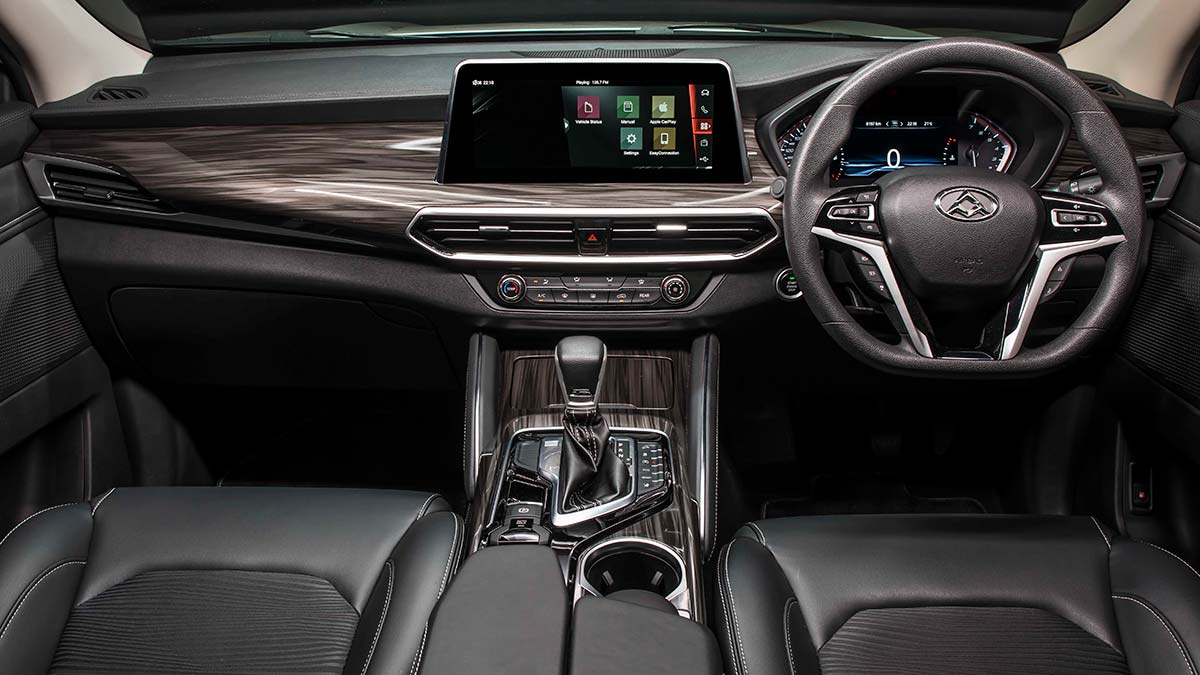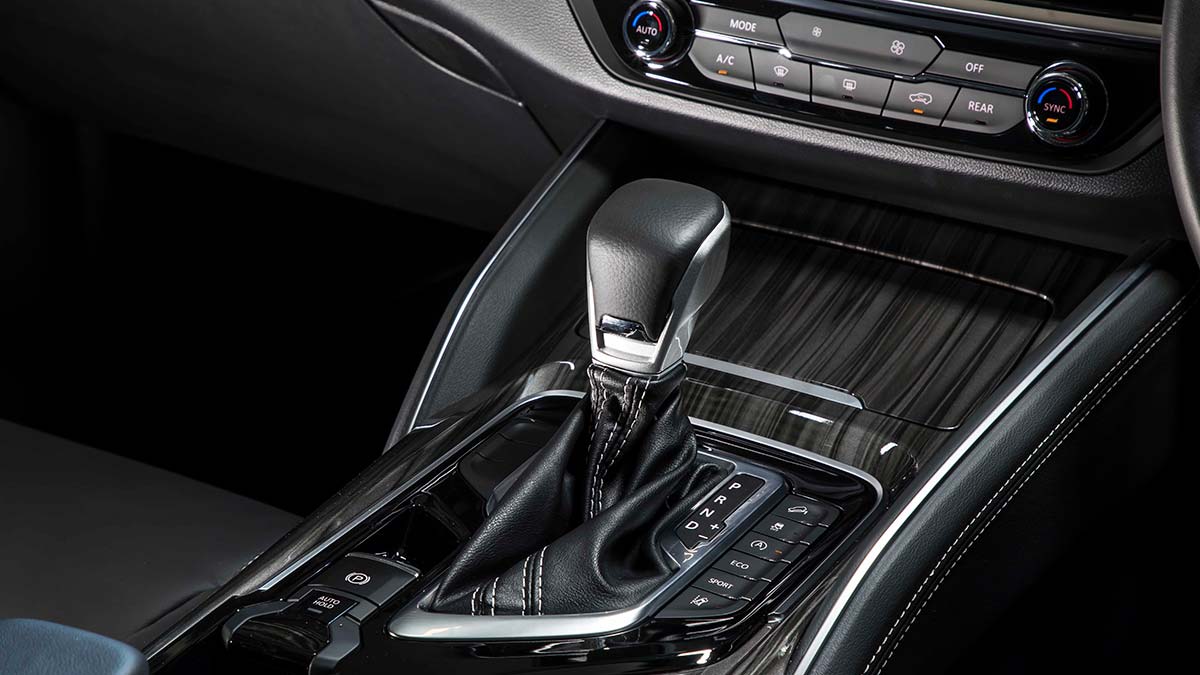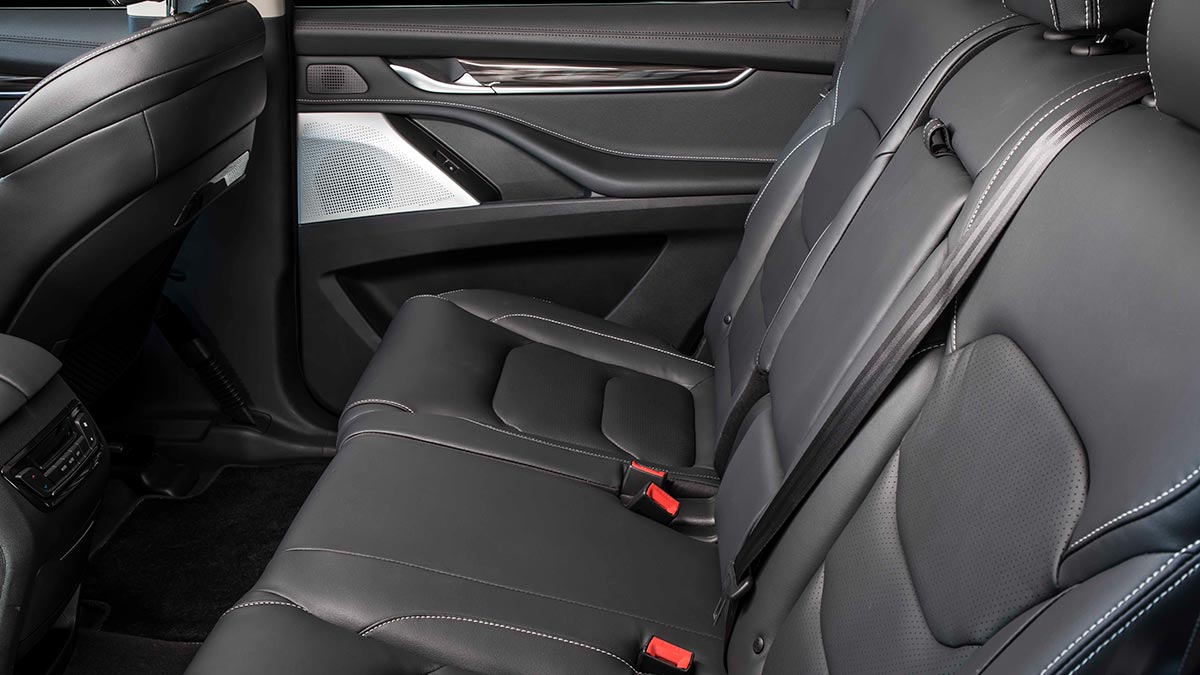The Foton Tunland joins Australia's dual-cab ute market as an affordable mild-hybrid diesel under $50,000, offering strong capability against tough competition.
LDV D90 Executive 4x4 petrol 2020 road test review
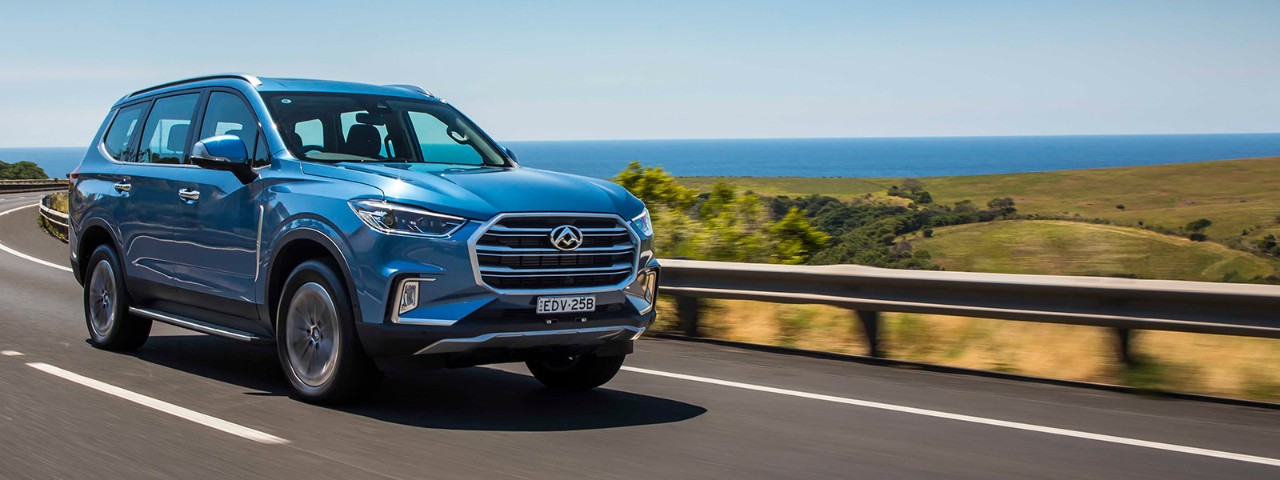
LDV’s D90 is packed with value but underwhelming on the road.
The LDV brand started life in the UK back in the 1990s, but these days it’s owned by Chinese automotive giant SAIC. Like its compatriots Haval and Great Wall, LDV is making its presence felt in the Australian new-vehicle market with value-led light-commercial and SUV offerings.
LDV’s sole SUV, the D90, arrived in late 2017 following the launch of the T60 dual-cab pick-up on which it’s based. The sizeable D90 competes with other ute-based large SUVs including the Ford Everest, Isuzu MU-X, Mitsubishi Pajero Sport and Toyota Fortuner, as well as the Haval H9 and SsangYong Rexton.
Thumbs up
Spacious, attractive, value-packed, safe and comfortable 4x4 wagon with an appealing pricetag.
Thumbs down
Underpowered petrol engine and poor ride quality leaves it trailing its rivals on the road.
Pricing ranges from $35,990 (before on-road costs) for the two-wheel-drive base petrol to $47,990 for the 4x4 diesel Executive. We tested the $43,990 4x4 petrol Executive.
Pricing is the D90’s strong suit. It undercuts all of the aforementioned models by some margin and the Executive represents phenomenal value for money. For just under $44k, you get safety and comfort features that its rivals charge more than $50,000 for. The Mitsubishi Pajero Sport we recently reviewed still represents excellent value, but the LDV takes it to a new level.
The suite of safety gear, including the five-star ANCAP rating, sweetens the deal. There’s no shortage of tech and comfort features inside too, including a huge 12-inch infotainment screen, heated steering wheel and other luxuries.
In the metal, the LDV D90 is a handsome beast. It looks massive and a quick glance at its dimensions shows it’s bigger than its rivals inside and out. Those extra millimetres are noticeable in the cabin which feels airy and spacious with loads of leg, head and shoulder room in the front.
Soft-touch materials on the upper door and dash and a lovely steering wheel make for a semi-premium cabin, but faux woodgrain cheapens the look. The high-quality front seats with white stitching offer perfect support.
The dash layout is well considered, and the massive touchscreen is promising, but navigating the menu and connecting Bluetooth takes some getting used to. It’s not as intuitive as infotainment systems from Hyundai or Mazda.
Unfortunately, the D90 has a few quirks that are hard to ignore. The reversing camera display lags badly, the radio defers to louder volume when you turn the vehicle on even if it was low when turned off, there’s no digital radio, and the seatbelt warning goes off even when there are no occupants or obstructions on the second-row seats. It all puts a question mark over the D90’s overall quality.
The second seating row has unrivalled levels of occupant space. Passengers have access to climate control, decent door storage and plenty of glass ensuring high levels of visibility.
Entry to the third row is tricky for taller occupants and the space is tight once you’re in there but will likely be fine for children. Removing the second-row headrests makes it easier to slide the row further forward and get into the third row. The high ride height means it’s quite a step up into the vehicle for little ones. Both the second and third row have roof-mounted air vents.
With the spare wheel mounted under the rear of the vehicle, the third row folds flush into the boot floor, making for a massive cargo space. With all rows up it takes 343 litres, with the third row folded down it’s 1350 litres and with both rear rows stowed it’s 2382 litres. This is bigger than the Ford Everest (249/876/1796 litres depending on rows available) and considerably more than any of its key rivals.
The D90’s 2.0-litre four-cylinder turbocharged petrol engine, delivering 165kW of power and 350Nm of torque, feels underpowered for the 2285-kilogram D90. Acceleration from a standing start is adequate and the D90 takes time to pick up the pace. It felt even more strained when the car was packed with camping gear (pre-COVID-19 outbreak). The idle-stop system lags too.
Under heavy acceleration, the engine roars and the six-speed automatic transmission hunts for gears, jerking occasionally when it eventually finds the right one.
The D90 is top-heavy on winding roads and when cornering, with considerable body roll. Many ute-based vehicles with ladder-frame chassis – such as the Pajero Sport and Everest – have a comfortable ride but the LDV’s suspension set-up lets it down, with potholes and road corrugations felt in the cabin.
The steering is precise and feels light around town, getting heavier as you gain speed. Its size is noticeable when navigating tight car parks. The D90’s cabin is well insulated from outside noise, making for a mostly quiet ride.
The brakes feel a little spongy and the adaptive cruise system is sensitive, braking hard behind the vehicle in front rather than slowing progressively.
We didn’t take the D90 off-road, but it has a rear diff lock and drive modes including mud, rock, snow and sand. It has the bones and features to be a capable off-roader.
The official fuel consumption figure is 10.9 litres per 100 kilometres and we finished the week with 11.4L/100km.
LDV recently launched a turbo-diesel D90 that pumps out 160kW/480Nm and increases the towing capacity from 2000 kilograms (petrol) to 3100 kilograms – matching most of its diesel rivals. If you’re interested in the D90, we’d recommend checking out the diesel, given the lack of grunt from the petrol.
The verdict
Promising attempt at a capable seven-seat 4x4 SUV but outclassed by its rivals on the road. Try the diesel; it corrects some of the petrol D90’s flaws.
|
Pricing |
List price: $43,990 before on-road costs Price as tested: $43,990 before on-road costs Model range: $35,990 to $47,990 before on-road costs |
|---|---|
|
Drivetrain |
2.0-litre turbocharged petrol engine, six-speed automatic transmission, four-wheel drive Power: 165kW@5300rpm Torque: 350Nm@2500-3500rpm Wheels: 255/55 R19 |
|
Fuel |
91 RON petrol, 75-litre tank Consumption: 10.9L/100 (government test), 11.4L/100 kilometres (RACV test) Emissions: 255g/kilometres CO2 |
|
Standard safety |
Five-star ANCAP rating, six airbags, autonomous emergency braking, forward-collision warning, lane-departure warning, blind-spot monitor, traffic-sign recognition, fatigue reminder and attention assist. |
|
Standard features |
Keyless entry and start, engine start/stop system, eight-inch instrument display, 12-inch infotainment screen, Apple CarPlay, eight-speaker stereo, leather trim, eight-way power-adjustable driver’s seat, power-operated tailgate and a heated steering wheel. |
|
Warranty |
Five-year/130,000 kilometres warranty. No capped-price servicing plan but services scheduled every 12 months. |
